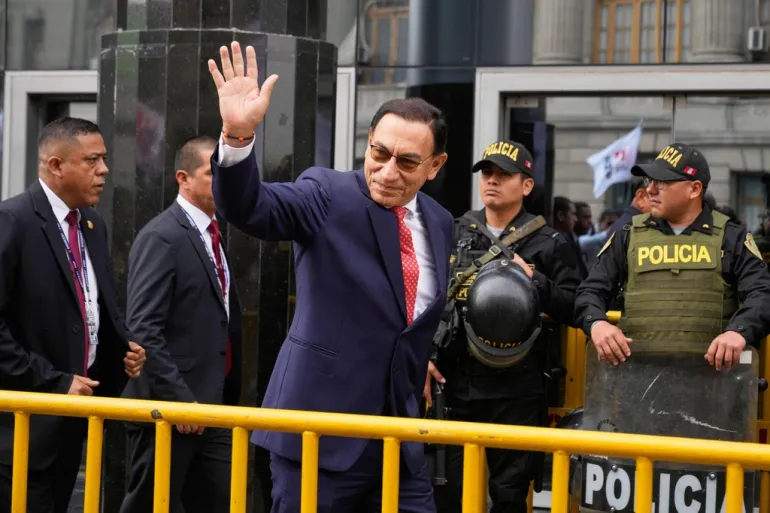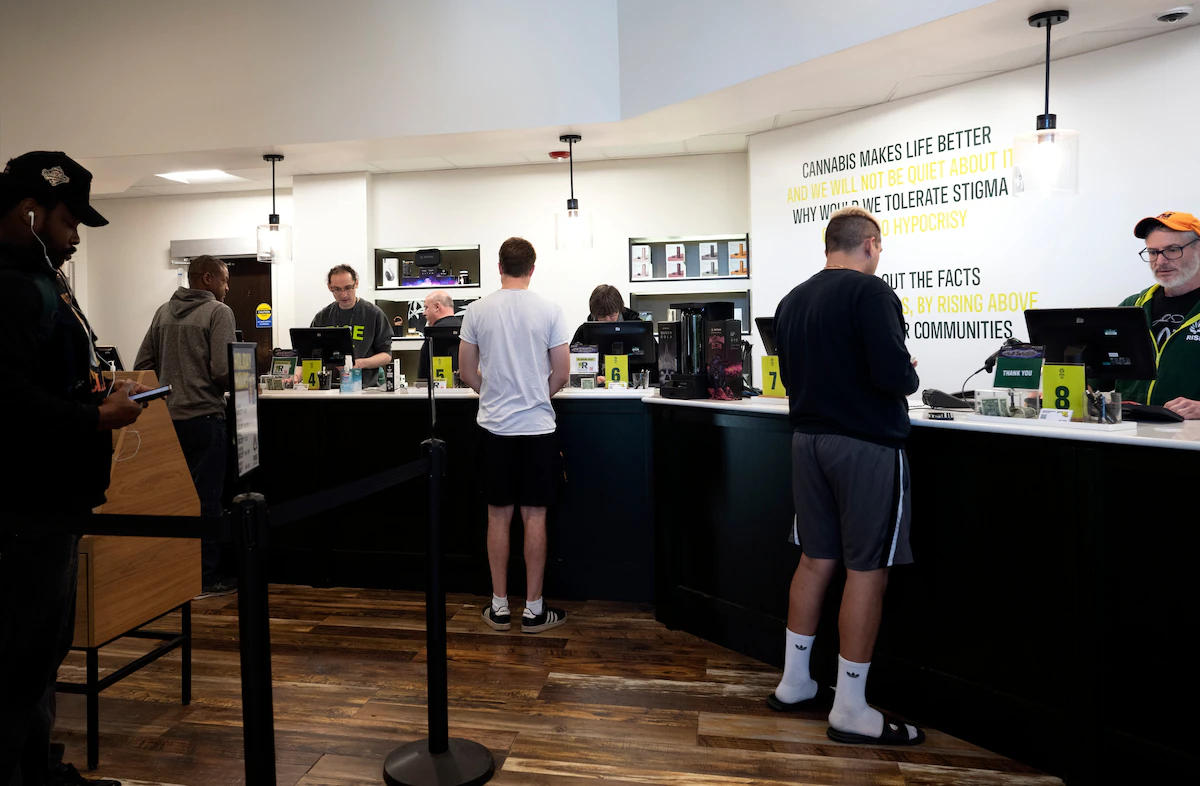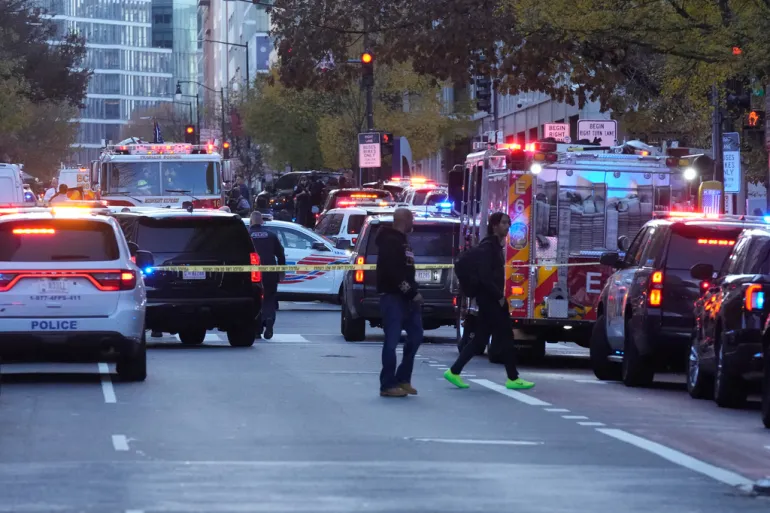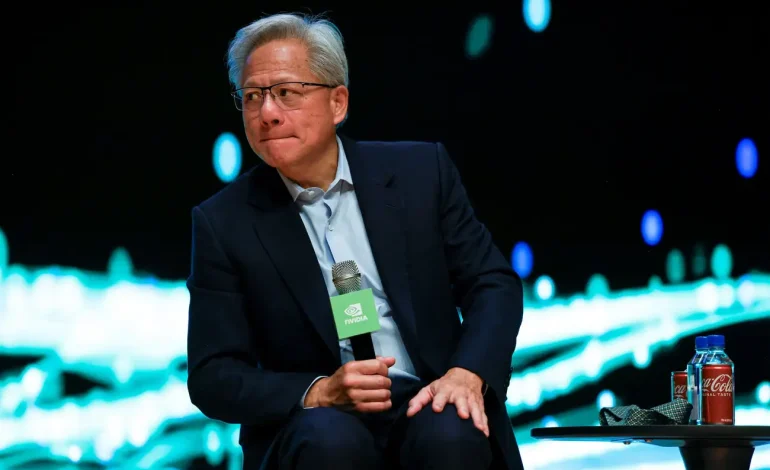The original story by for Business Insider.
Nvidia started November looking untouchable. Its stock was at an all-time high, AI demand was booming, and CEO Jensen Huang was fresh off a victory lap at the company’s GTC conference, brushing off talk of an “AI bubble.”
Then the month actually happened.
Over a few turbulent weeks, Nvidia gave investors another blowout quarter, faced fresh fears about overheated AI valuations, took fire from critics like Michael Burry, and watched Google step harder into the AI chip game. By the end of the month, the stock had dropped about 11%, and the shine looked a little less blinding.
Heading into November, Nvidia was the undisputed winner of the AI hardware race. Big Tech giants — Meta, Microsoft, Google and others — were pouring billions into its GPUs to power large language models and chatbots. The company even briefly became the world’s first $4 trillion market-cap firm earlier this year.
Then came third-quarter earnings on November 19.
Once again, Nvidia crushed Wall Street’s expectations. Huang told analysts that from his vantage point, there was no AI bubble, just a massive long-term shift in computing.
But the market didn’t exactly celebrate for long. The stock popped in after-hours trading, then reversed the next day as investors kept stressing about frothy tech valuations and runaway AI spending.
Internally, Huang admitted to employees that “the market did not appreciate” what he called an “incredible” quarter. And he summed up Nvidia’s no-win position pretty bluntly:
“If we delivered a bad quarter, it is evidence there’s an AI bubble… If we delivered a great quarter, we are fueling the AI bubble.”
As if valuation angst wasn’t enough, Nvidia also ran into a new narrative: Google wants a bigger slice of the AI chip pie.
A report from The Information said Google is in talks with Meta to supply billions of dollars’ worth of its own custom AI chips over the coming years. Meta might even rent Google’s TPUs (tensor processing units) starting next year.
That hit Nvidia right where it hurts:
- Nvidia’s GPUs have been the default hardware for AI training and inference.
- A major customer like Meta potentially shifting some spending toward Google raises the specter of real competition in a space Nvidia has mostly owned.
Investors reacted fast. Nvidia’s shares slid, while Alphabet’s stock surged and crept closer to the $4 trillion club Nvidia helped popularize.
Nvidia responded with a pointed-but-polite statement, praising Google’s progress but insisting its own chips are still “a generation ahead of the industry.”
All this drama gave fresh ammo to one of Nvidia’s loudest critics: Michael Burry, the “Big Short” investor known for spotting bubbles early.
Burry has been increasingly skeptical about the AI boom and Nvidia’s role in it. In new Substack posts, he’s compared Nvidia to Cisco during the dot-com bubble — the core “picks and shovels” provider whose stock ultimately couldn’t live up to the hype.
He’s questioned:
- The sustainability of Nvidia’s chip demand;
- The company’s stock dilution;
- What he calls circular, “give-and-take” financial deals between Nvidia and some AI startups.
Nvidia didn’t let that slide. In a memo to Wall Street analysts, the company argued that Burry’s math was off and that its strategic investments represent only a tiny slice of its revenue — and an even smaller slice of the roughly $1 trillion in global private capital raised each year.
“The companies in Nvidia’s strategic investment portfolio predominantly generate revenue from third-party customers, not from Nvidia,” the company said.
Burry called that response “disappointing” and said he still holds puts — effectively, he’s still betting against the stock.
For all the noise, Nvidia isn’t exactly collapsing.
- It’s still the world’s most valuable publicly traded company.
- Its stock has already clawed back some of November’s losses.
- CEO Jensen Huang says demand for its new Blackwell chips is “off the charts.”
- CFO Colette Kress told analysts Nvidia expects about $500 billion in AI chip orders across 2025 and 2026 — and that number “will grow” as more deals are signed.
Big Tech isn’t walking away, either. The largest companies in the world are still building out massive AI data centers, and Nvidia’s GPUs remain the default choice for training and running the most advanced models.
On the earnings call, Huang reminded doubters that Nvidia isn’t just another chip vendor:
“Nvidia is unlike any other accelerator. We excel at every phase of AI, from pre-training and post-training to inference.”
November didn’t break Nvidia, but it did expose the pressure that comes with being the face of the AI boom:
- Every quarter is a referendum on whether AI is a bubble.
- Every rival chip headline sparks questions about competition.
- Every critic — especially one like Burry — gets outsized attention.
For now, Nvidia is still on top, still printing huge earnings and still powering the AI race. But this month was a reminder: even the market’s favorite superhero can get a little scuffed.









The latest news in your social feeds
Subscribe to our social media platforms to stay tuned